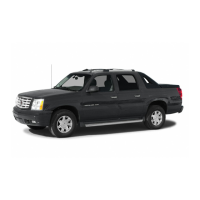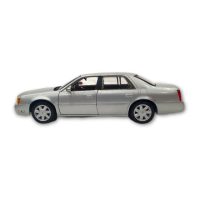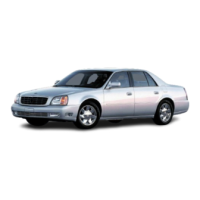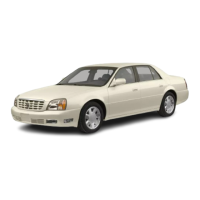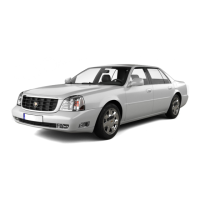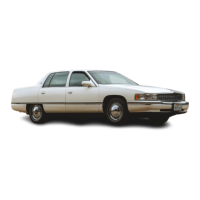That’s the reason for this part. In it are many time-tested,
important trailering tips and safety rules. Many of
these are important for yo~r safety and that of
ywr
passengers. So please read this section carefully before
you pull a trailer.
Load-pulling components such as the engine, transaxle,
wheel assemblies and tires are forced to work harder
against the drag of the added weight. The engine
is required to operate at relatively higher speeds and
under greater loads, generating extra heat. What’s more,
the trailer adds considerably to wind resistance,
increasing the pulling requirements.
If
You
Do Decide To
Pull
a
Trailer
If you do, here are some important points:
There are many different laws, including speed limit
restrictions, having to do with trailering. Make sure
your rig will be legal, not only where you live
but also where you’ll be driving.
A
good source for
this information can be state or provincial police.
Don’t
tow
a
trailer
at a!!
during
the
first
1,000
miles
(1
600
km) your new vehicle is driven. Your
engine, axie or other parts could be damaged.
Then, during the first
500
miles
(800
km) that you
tow a trailer, don’t drive over
50
mph
(80
km/h)
and don’t make starts at full throttle. This helps your
engine and other parts of your vehicle wear in at
the heavier loads.
0
Obey speed limit restrictions when towing a trailer.
Don’t drive faster than the maximum posted speed
for trailers, or no more than
55
mph
(90
km/h),
to save wear on your vehicle’s parts.
Three important considerations have to do with weight:
0
the weight of the trailer
the weight of the trailer tongue
and the total weight on your vehicle’s tires
4-35

